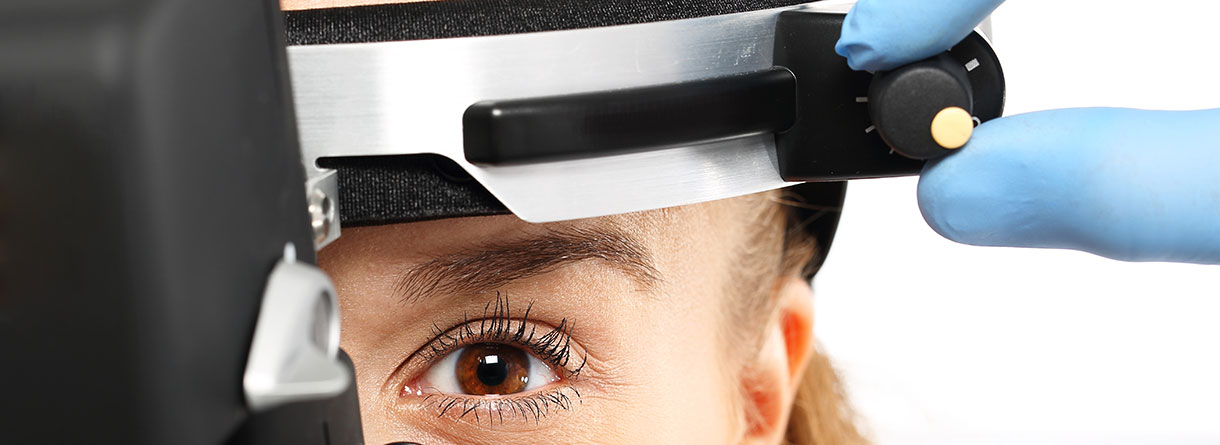Macular Pucker
| Definition | Epiretinal membranes (ERM) are defined as semitransparent membranes between the internal limiting membrane (ILM) and the vitreous. ERM may occur after a posterior vitreous detachment, inflammatory processes or vascular occlusions. In general there are three stages depending on the severity of the disease. Clinically the ERM can be classified as either a cellophane macular reflex without wrinkling or a preretinal macular fibrosis causing wrinkling in different layers of the retina. In the worst stage (Macular Pucker) all layers can be affected. Furthermore, an ERM can be classified by its etiology, which can be idiopathic or secondary. |
|---|---|
| Clinical Symptoms | The clinical presentation of the disease, depending on the degree of severity, can range from completely asymptomatic to strongly symptomatic such as metamorphopsia, micropsia or macropsia, photopsia, decreased visual acuity, up to loss of central vision. Especially metamorphopsia can impair vision-related quality of life. |
| Diagnosis and Examinations | In the early stage of the disease the cellophane membrane typically does not cause visual impairment, therefore it can be an incidental finding during a routine clinical examination. During the slit lamp examination the cellophane membrane is characterized by a glinting, walter-silk, shifting light reflex from the inner surface of the retina. Typical examinations are: · Indirect ophthalmoscopy · Fluorescein angiography (FA) · Optical Coherence Tomography (OCT) |
| Prevention and Treatment | The management options for the ERM are currently limited and consist of either observation or surgical intervention (pars plana vitrectomy and ERM removal). It is optional to remove the ILM as well but it may sustain to decrease the risk of ERM recurrence. The outcomes after surgical treatment are highly promising and verified by the best corrected vision acuity. |


